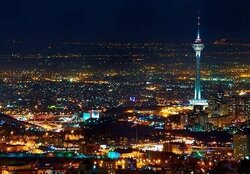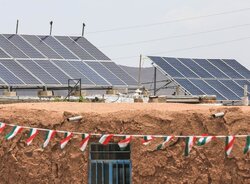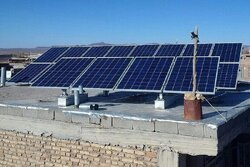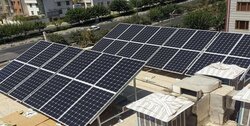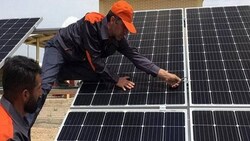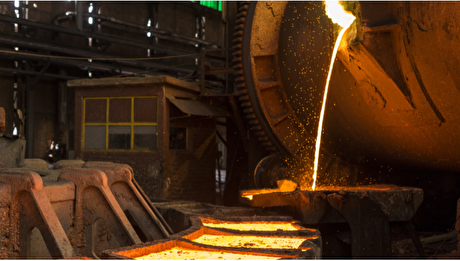
ICCIMA calls for attracting foreign investment in renewables sector
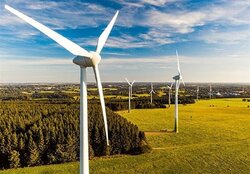
During a meeting held earlier this week, the members of the mentioned committee emphasized that it is possible to use the capacities of foreign investors with proper planning to develop the country’s renewable sector, the ICCIMA portal reported.
“We must prepare a development roadmap for the country’s renewable energy industry [and to this end] we need joint investment,” a committee member said in the meeting.
The development of renewable power plants in Iran has accelerated since the current government administration took office in August 2021.
The Energy Ministry in the 13th government has defined new investment packages and strategies to attract more capital to fund new renewable projects across the country.
According to energy experts, such investment models in the 13th government have been a good incentive for investing in this sector.
The mentioned measures led to the capacity of the country’s renewable power plants exceeding 1,000 megawatts, which is a very good figure.
The electricity generated by renewable sources increased by 28 percent in the third Iranian calendar month of Khordad (ended on June 20) compared to the same month last year.
Renewable sources generated more than 230 million kilowatt hours of electricity, an increase of 21 percent in comparison with a month earlier.
Wind power plants held the lion’s share of the rise in the production of electricity by renewable sources.
The installed capacity of electricity generation by renewables is around 1.2 gigawatts.
Based on the Energy Ministry data, renewables, currently, account for nearly seven percent of the country’s total electricity generation capacity.
Of the country’s total renewable capacity, 44 percent is the share of solar power plants while the share of wind farms stands at 40 percent and small-scalded hydropower plants generate 13 percent of the total renewable capacity.
The head of the Nomads Affairs Organization of Iran said in June that more than 20,000 solar panel sets have been distributed among the country’s nomadic households over the past 2.5 years, IRNA reported.
According to Shayan Naderi, the number of solar panel sets provided to nomadic households across the country increased from 700 sets in August 2021 when the current government took office has reached 20,480 sets.
Knowledge-based and indigenized technologies are used in carrying out this project. The government pays 90 percent of the costs of each system. Solar panels are used to easily provide electricity in far-off places. It is not only clean but also cheap and limitless.
Source: Tehran Times

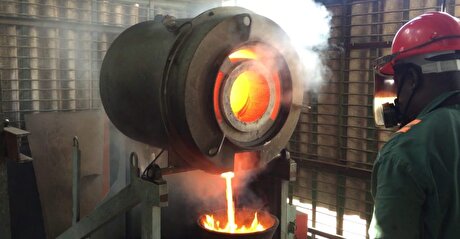
Zimbabwe labs overwhelmed as gold rally spurs exploration, miner says
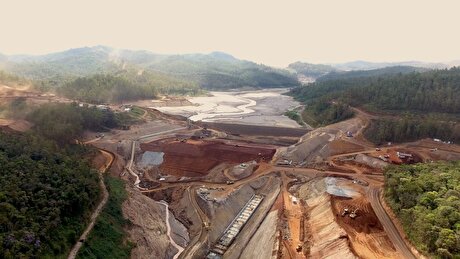
Samarco gets court approval to exit bankruptcy proceedings

Cochilco maintains copper price forecast for 2025 and 2026

Gold price stays flat following July inflation data

Mosaic to sell Brazil potash mine in $27M deal amid tariff and demand pressures

HSBC sees silver benefiting from gold strength, lifts forecast

Glencore seeks $13 billion in incentives for Argentina copper projects
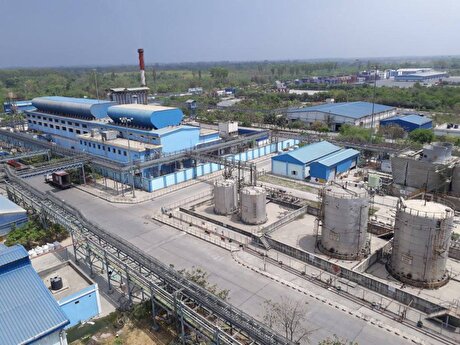
Hindustan Zinc to invest $438 million to build reprocessing plant
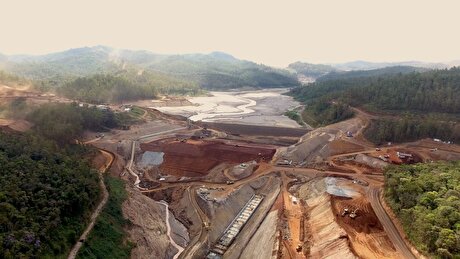
Samarco gets court approval to exit bankruptcy proceedings

Abcourt readies Sleeping Giant mill to pour first gold since 2014

Roshel, Swebor partner to produce ballistic-grade steel in Canada

EverMetal launches US-based critical metals recycling platform

Iron ore price dips on China blast furnace cuts, US trade restrictions
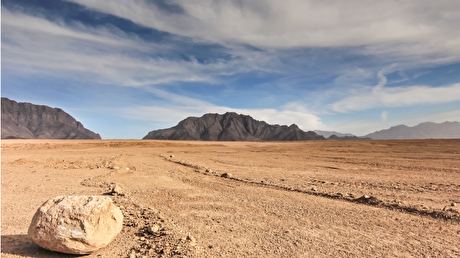
Afghanistan says China seeks its participation in Belt and Road Initiative

Gold price edges up as market awaits Fed minutes, Powell speech
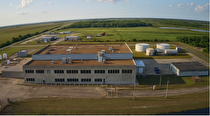
Flash Metals USA advances critical minerals recovery plant in Texas

Glencore trader who led ill-fated battery recycling push to exit
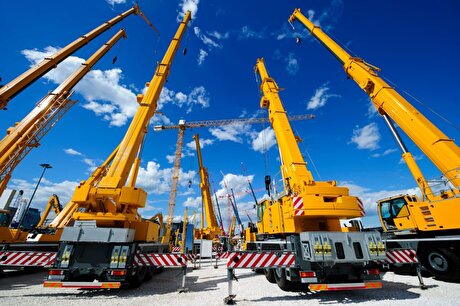
US hikes steel, aluminum tariffs on imported wind turbines, cranes, railcars
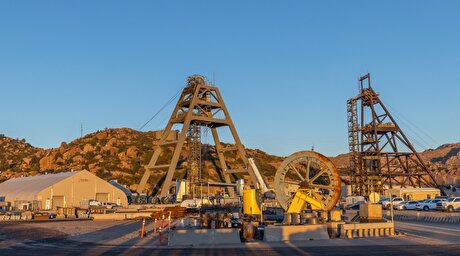
US appeals court temporarily blocks land transfer for Resolution Copper

Abcourt readies Sleeping Giant mill to pour first gold since 2014

EverMetal launches US-based critical metals recycling platform

Iron ore price dips on China blast furnace cuts, US trade restrictions

Afghanistan says China seeks its participation in Belt and Road Initiative

Gold price edges up as market awaits Fed minutes, Powell speech

Flash Metals USA advances critical minerals recovery plant in Texas

Glencore trader who led ill-fated battery recycling push to exit

US hikes steel, aluminum tariffs on imported wind turbines, cranes, railcars

US appeals court temporarily blocks land transfer for Resolution Copper


